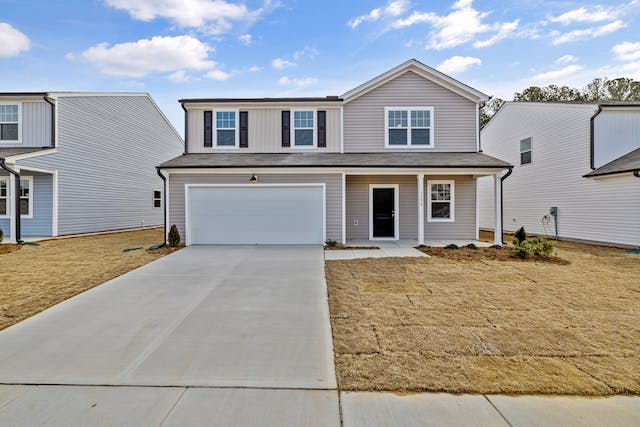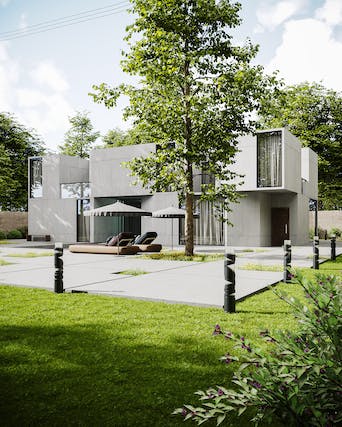Wall cladding is a popular method for enhancing the appearance and protecting the structure of a building. It provides an extra layer to the exterior or interior walls, offering both aesthetic and functional benefits. However, the key to a successful cladding installation lies in the application of a wall cladding primer. In this article, we delve into the world of wall cladding primer, its significance, types, and the role it plays in ensuring the longevity and durability of cladding systems.
Before delving into the specifics of wall cladding primer Melbourne, it’s essential to understand the fundamental purpose of wall cladding itself. Wall cladding is a method of covering the exterior or interior walls of a building with a protective layer. This layer serves several purposes, including insulation, weather resistance, and aesthetics.The choice of cladding material can vary, ranging from traditional options like wood and brick to contemporary solutions such as metal or composite materials. Regardless of the material used, the key to a successful cladding system is the proper preparation of the surface it will be applied. This is where wall cladding primer comes into play.

Wall cladding primer not only ensures the initial success of a cladding installation but also contributes to its long-term performance and longevity. Proper maintenance is essential to preserve the integrity of the cladding system. This includes periodic inspections, cleaning, and, if necessary, reapplication of primer in areas where it may have worn off over time.
The longevity of a cladding system is influenced by various factors, including the quality of the primer, the type of cladding material, and the environmental conditions. High-quality primers, when applied correctly, can significantly extend the life of a cladding system, protecting the underlying structure from the elements and preserving its aesthetic appeal.
While the primary role of wall cladding primer is to ensure the functionality and durability of the cladding system, it also has aesthetic implications. The choice of primer colour can affect the appearance of the cladding, particularly when using translucent or semi-transparent cladding materials.

Architects and designers may opt for clear or colour-matched primers to maintain the intended look of the cladding. These primers allow the natural colour and texture of the cladding material to shine through, enhancing the overall aesthetics of the building’s exterior.
Environmental considerations play an increasingly important role in the selection of wall cladding primer. Many primers are now formulated to be low in volatile organic compounds (VOCs) and environmentally friendly. This shift reflects a broader commitment to sustainability and reducing the environmental footprint of construction and renovation projects.
In conclusion, wall cladding primer serves as the foundation for successful cladding installations, offering adhesion, protection, and longevity. The choice of primer type, proper surface preparation, and correct application are essential for ensuring the effectiveness of the cladding system. With the right primer, a well-maintained cladding system can protect a building’s structure and enhance its aesthetic appeal, contributing to both its durability and visual appeal.